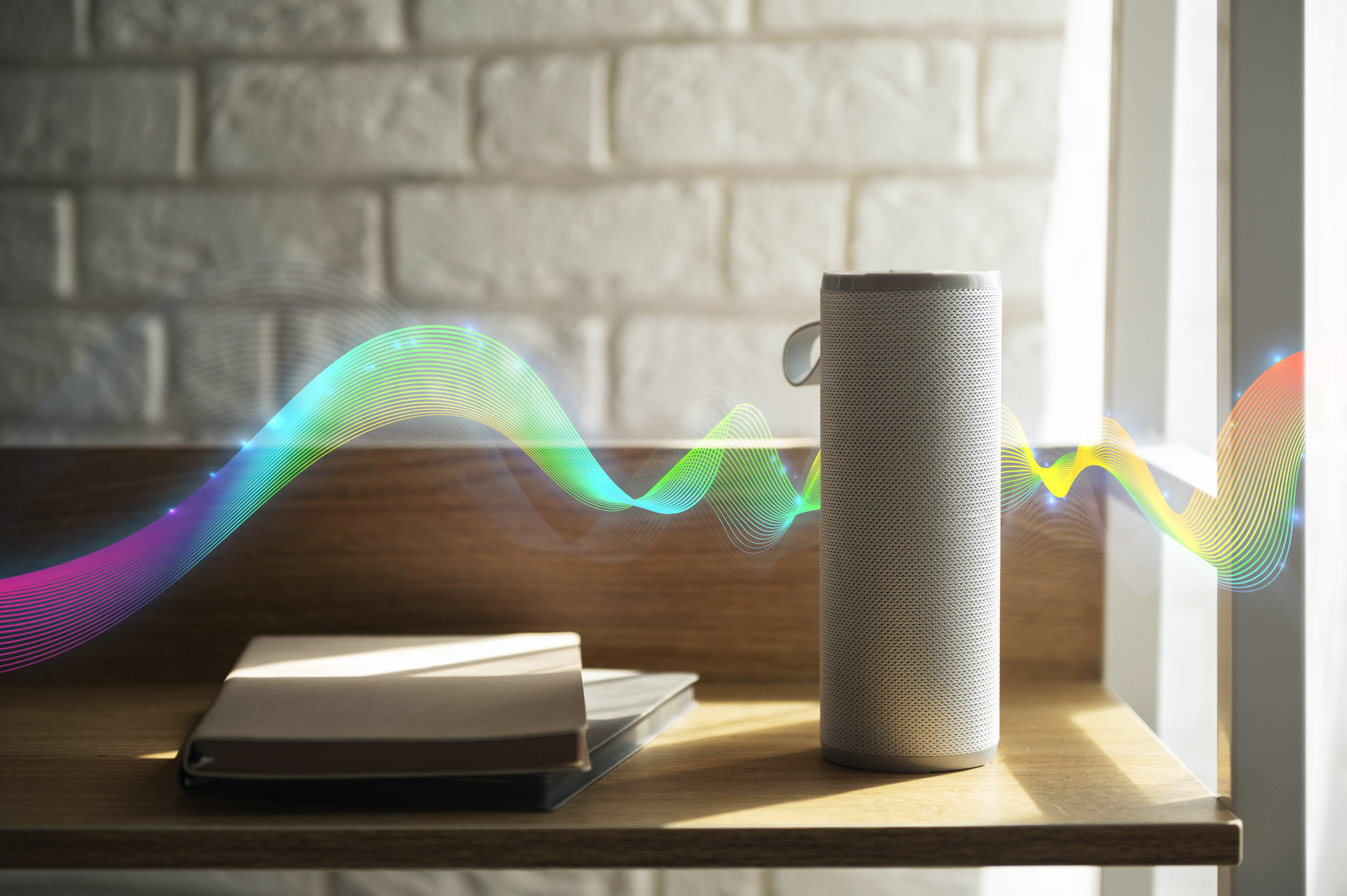The reverberation time (RT60) describes how long it takes for sound to decay by 60 dB after the source stops. In tertiary spaces—offices, meeting rooms, corridors, collaboration areas—keeping RT60 under control ensures clear speech, reduced fatigue, and faster decisions. This guide provides a pragmatic, results-oriented method to define your targets and reach a comfortable RT60 using tailored sound absorption solutions.
Set the right RT60 target by use case
RT60 expectations differ by space: a meeting room needs precise speech, a corridor must limit propagation, and an open space should stabilize background noise. As common operational benchmarks in the tertiary sector, aim for a comfort RT60 around 0.77 s in private offices, meeting rooms, and corridors, and around 0.55 s in open spaces, executive offices, and company restaurants, then adjust based on volume, materials, and furniture.
Step 1: diagnose the existing situation
Identify priority rooms and symptoms—echo, listening effort, unintelligible video calls, rising voice levels. Note dominant surfaces (ceiling, walls, floor), glazing, soft furniture, and, if possible, a quick estimate or measurement of RT60. This initial snapshot helps prioritize and avoid over-treatment.
Step 2: set clear objectives
Define an RT60 target per room according to use, volume, and constraints. Prioritize ceiling treatment and first reflections near speaking zones—typically critical for meetings and videoconferencing. In open spaces, the goal is to reduce the “hard room” sensation and stabilize background sound.
Step 3: choose relevant absorbing surfaces
Achieving an optimal RT60 requires correctly placed absorbers. Phonotech’s wall and ceiling panels (e.g., Phono ART, Phono PET, RapidPanel, Phono LINE) offer a wide range of technical and aesthetic integrations.
Placement best practices
- Ceiling first: above tables and exchange zones to break global reflections.
- First reflections: walls near speakers, critical parallel faces, areas behind VC screens.
- Distribution: prefer homogeneous coverage over a single “strong spot.”
- Technical context: coordinate with lighting, sprinklers, sensors, cameras, and loudspeakers.
Step 4: prototype and validate (pilot area)
Before full rollout, treat a pilot zone and compare before/after. Gather user feedback in person and on video calls—listening effort, speech clarity, background level. This de-risks the project, eases buy-in, and fine-tunes the layout.
Step 5: deploy cleanly in occupied sites
Panel layouts and standard formats enable quick, clean phased installation. Phonotech teams coordinate with other trades to minimize disruption. To prepare your teams, consult our documents and assembly instructions.
Step 6: verify and sustain performance
After installation, check target achievement—meeting clarity, stable background, fewer repeats and lower average voice level. Minor tweaks (selective wall additions, curtains, carpets) can perfect the balance while preserving aesthetics.
Use cases and inspiration
Phonotech references show the value of controlled RT60 across contexts—offices, meeting rooms, halls, and arenas. Explore our case studies and emblematic projects (e.g., Liège Expo) to envision integration in your spaces.
Frequently asked questions
What RT60 should I target in a meeting room?
In tertiary spaces, a comfort target around 0.77 s is a good reference, adjusted for room volume, materials, and AV equipment.
How much absorbing surface is needed?
It depends on volume, materials (floors, walls, ceiling, glazing), furniture, and the RT60 target. Our teams size the solution from your inputs and calibrated cases to ensure reliable, reproducible results—without burdening you with calculations.
Walls or ceiling—where to start?
The ceiling is the best lever for global response. Wall complements at first reflection points significantly improve intelligibility.
What if noise comes from a neighboring room?
RT60 is governed by in-room absorption. If noise comes from elsewhere, a complementary acoustic insulation solution (partitions, doors, critical junctions) will be studied.
Resources & support
Learn more about absorption: Sound absorption. For offices and meeting rooms (no EN page available), see the FR reference: Acoustique – Bureaux. Technical documentation and installation: Documents and Assembly instructions. To discuss your RT60 goal and get quick sizing, contact an expert via Contact.
